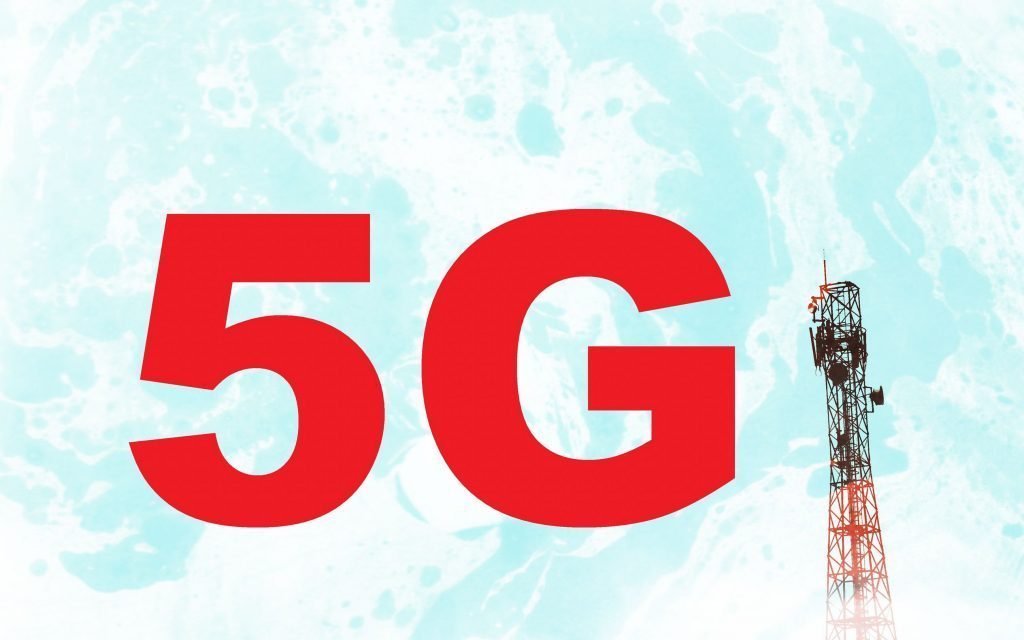Health Effects of 5G Radiation

The health risks of 5G radiation are still being debated, however one study suggests that there is a connection between radiofrequency radiation with cancer among male rats. This study was classified until it was declassified on the 12th of December 2012 by the Central Intelligence Agency, but it demonstrates that radiofrequency could cause cancer in animals, and even humans. does 5g emit radiation were exposed to male rodents for 15 days and discovered that they developed similar types of cancers human beings do.
The health effects of 5G radiation
While the rapid growth of wireless communications have led to development of 5G technology however, there is a growing concern regarding the health risks of the radiation from 5G. Although 5g towers radiation do not penetrate the body as deeply as the older technology, scientists have raised concerns about possible effects on the system and are calling for further studies. To ensure that people are protected to protect the population, it is the European Commission is requesting independent studies to determine whether the technology is posing any health risks.
It is crucial to remember that there's a large number of misinformation about 5G's health impacts, and it is essential to dispel any misunderstandings that may persist. While the technology is not yet widespread but there are many who are being warned that it can cause health problems typically through social networks where sensational use of language is commonplace.
Beamforming technique
Beamforming is one of the most important technologies for 5G mobile networks. It is a technique that uses several radiating elements to produce narrow beam. The aim in beamforming is reduce the amount of unwanted radiation within the signal that results. This method is typically employed in wireless communication systems and is vital to 5G's cost-effective coverage.
This method works by electronic weighting of the individual signals of each antenna. This results in a smaller beam of radiation which improves cell coverage indoors and around the edges of cells. This is crucial since poor coverage could cause poor user satisfaction. Along with improving the signal, beamforming reduces the amount of interference a user encounters from other devices.
Power density
The intensity of 5G radiation generated by cell towers is similar to that of previous generations of 4G and 3G systems. The reason for the lower power density lies in the sensitiveness of electronic components. The highest radiation output of the 2G handset was around 2 Watts. The output of a 4G handset was about 200 milliwatts.
The power density measures how much electromagnetic energy can be absorbed by the body at a certain distance. The power density of radiation 5g is usually expressed in the watts per square metre. In contrast to the SAR measurement, the power density measurement is actually a measure of the amount of electromagnetic energy in the space. The parameters for power density can be different for mobile devices and wearables according to their operating frequencies and distance.
Specific absorption
A Specific Absorption Rate (SAR) is a parameter that determines the speed at which a specific frequency releases power into human tissues. In general, a SAR value should not exceed two watts per kilogram of body mass. This value is derived through the electrostatic field that exists within tissues and the density of mass, measured as kilograms for each cubic millimeter. https://anotepad.com/notes/3qkwi8mb was recent used to determine the antenna design.
The new radio technologies that make up the 5G network operate at frequencies below 6 GHz. These frequencies are known as millimeter waves. However, the FCC's SAR compliance program is only applicable to frequencies of up to 6 GHz. Furthermore the SAR test requires that measurements are conducted in phantoms containing tissue simulating medium.

Skin health effects
At present, we have no information on the impacts of 5G radiation in the body. Our knowledge of the subject is limited due to the lack of in-vivo experiments and theoretic models. There is however an urgent need for more research on the effects of 5G radiofrequency radiation on human skin. Using 5G radio frequencies can cause damage to the skin particularly to the epidermis, which is very sensitive.
Unlike 4G, 5G radiation is one of the highest frequencies that has been found to heat human body tissues. Human bodies are dipolar, and the higher frequency of 5G radio waves can cause heat to the skin. Exposure to 5G radio frequencies may be detrimental to other organs of the body, such as the brain.
